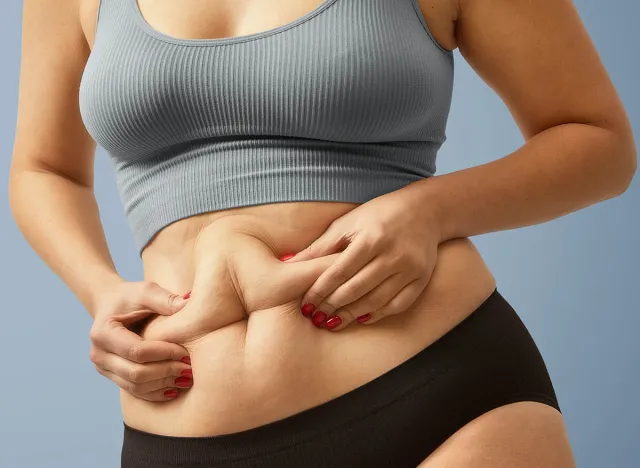Losing weight is often a complex and difficult journey, but have you ever wondered where the fat goes when you lose weight? Despite common misconceptions, fat doesn’t just disappear into thin air. In fact, the weight loss process involves a fascinating series of biochemical reactions within the body. Knowing where fat goes when you lose weight can help you understand how your body burns fat and why certain weight loss methods work better than others.
How the fat loss process actually works:

When you consume fewer calories than you burn, your body draws on its fat stores for energy. This triggers a process called lipolysis, where fat cells release their contents into the bloodstream to be used as fuel. These fatty acids travel to tissues like muscles, where they are burned for energy.
But here’s the thing: fat doesn’t magically disappear. Instead, it is converted to water and carbon dioxide, which you breathe out or excrete through sweat and urine. So when you lose those extra pounds, you’ll expire most of them!
When you diet and exercise, where does the fat go?


When you diet, your body draws on its fat stores for energy. It breaks down fats into fatty acids and glycerol, which are like little packets of energy that your body uses to energize itself. These packets are sent into your bloodstream and are engulfed by cells to keep you moving.
When you exercise, your body speeds up fat burning, especially when your muscles need more energy. Your muscles pick up fatty acids and glucose to fuel your workout, making the fat breakdown process faster and more intense than just dieting alone.
Where do you usually lose fat first?


The pattern of fat loss varies from person to person and is influenced by factors such as genetics, hormone levels and overall lifestyle. However, a common trend is that fat tends to be lost in areas where it is most readily available, which often means the extremities and face. So areas such as the face, arms, and legs may show initial fat loss before the midsection or other areas where fat tends to be more stubborn. However, there is no fixed rule and individual experiences may differ.
Tips for losing body fat:


Losing body fat involves a combination of dietary changes, increased physical activity and lifestyle adjustments. Here are some tips to help you lose body fat:
1. Create a calorie deficit.
To lose body fat, you need to consume fewer calories than your body burns. This can be achieved by reducing your calorie intake or increasing your physical activity, or both.
2. Watch your portion sizes.
Pay attention to portion sizes to avoid overeating. Using smaller plates, measuring portions and paying attention to hunger cues can help.
RELATED: 25 Best Foods for Burning Fat
3. Stay hydrated.
Drink plenty of water throughout the day, as thirst can sometimes be confused with hunger.
4. Increase physical activity.
According to Physical Activity Guidelines for AmericansYou should aim for at least 150 minutes of moderate aerobic activity or 75 minutes of vigorous aerobic activity per week, as well as muscle-strengthening exercises two or more days per week.
5. Include strength training.
Building muscle can help increase your metabolism and improve your body composition. Include exercises that target major muscle groups.
6. Get enough sleep.
Lack of sleep can disrupt the hormones that regulate hunger and fullness, leading to increased cravings and overeating. Aim for seven to nine hours of quality sleep per night.
7. Manage stress.
Chronic stress can lead to overeating or poor food choices. Find healthy ways to manage stress, such as meditation, yoga, or talking to a counselor.
#Fat #Lose #Weight




